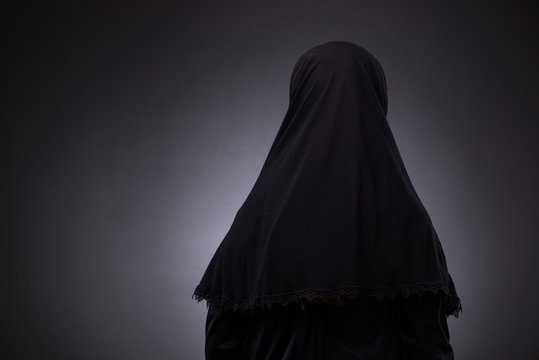A WhatsApp message, I just received, reads “List of places where Pakistani women are not safe:
- Minar-e-Pakistan
- Motorway
- Political Jalsas
- Workplace
- With male relatives or friends
- In a madrassa
- In their school or college
- At the market
- In a bus
- In their graves.”
This is not an imaginary or exaggerated list of places. The list of places. The list merely points out some of the places where recently incidents of violence, rape and torture against women have taken place in the Islamic Republic of Pakistan. By the day, situation in this regard is getting uglier. The number of crimes against women has risen dramatically in the recent times. Or has it always been as such, and now it just gets reported or recorded because of the new digital tools available?
There is an even bigger tragedy being witnessed in the aftermath of the crimes against women. The victim is blamed for the crime. Convoluted arguments are concocted, supporting the perpetrator of the crime, directly or in a round-about fashion. And we are not talking about a negligible section of the society. It’s a sizable chunk of society involved in victim blaming. The highest offices of the land have done it more than once. This misogyny is wide spread among the masses. Ironically, it is in the name of Islam that the victims are criticized for the crimes. Examples are numerous.
Last year on 9th September, a woman was raped by two men on Lahore Ring Road, in the presence of her children, as their car ran out of fuel at night. The next day, the police officer in-charge of the city, Umer Shiekh repeatedly told the media that it was the woman’s fault that led to her rape. “Why she had not taken a busier road;
why she didn’t check her fuel before departing; Pakistan was not France,” he said, referring to the victim’s nationality. Just read the mindset of the people tasked with the protection of citizens, women included. It is frightening!
Noor Muqaddam was brutally murdered in Islamabad because she had an ‘unislamic’ lifestyle, was the argument of many ‘good Muslims’. Going by that principle of piety, many of us may be killed, cutting down the country’s population to half, or quarter, or even lesser. Such response sounds crazier than the crime itself.
The 14th August incident at Minar-e-Paki- stan, wherein a girl was physically assaulted- ed and sexually harassed by around 400 men, elicited the same misogynistic response from the ‘good Muslims’. “The girl made suggestive gestures while shooting the footage for Tiktok…and she came to the park with a na-mehram boy,” is the gist of the arguments of the victim blamers. The government was so moved by the incident that it seriously debated a ban on the TikTokers in public parks. Those who cannot even diagnose the disease, can they be trusted with the treatment?
“We have distanced ourselves from Islam; we have forgotten the doomsday; we have to return to our religion to fix crimes against women,” are the usual arguments of the clergy and co. after every crime against women. Sir, have you ever analyzed why the women of the un-Islam- ic west are much safer in their countries?
Until we diagnose the problem right, we cannot resolve it. We, as a society, have to realize that the problem lies with us, almost all of us. Just imagine, a state and society where the law enjoins upon a rape victim to find witnesses. How long can we live with these anomalies that have marginalized the women to this point? How long can we blame the ‘improper’ dress of a female for her rape? How long can we conclude fahashi and uryani to be our cardinal sins responsible for all our ills?
Data reveals that a majority of rapes takes place in the rural areas of Pakistan. Do our rural female folks wear skimpy, tempting clothes? No! Most of these victims are burqa or chadar clad. Who are we trying to fool? Zainab of Qasur was 6 years old. A three years old girl was raped in Dadu. An incident of necrophilia with the corpse of a 14 year old girl in Thatha took place last month. Who are we trying to fool? First, we have to admit ‘we’ are sick as a society only then can we cure ourselves.


